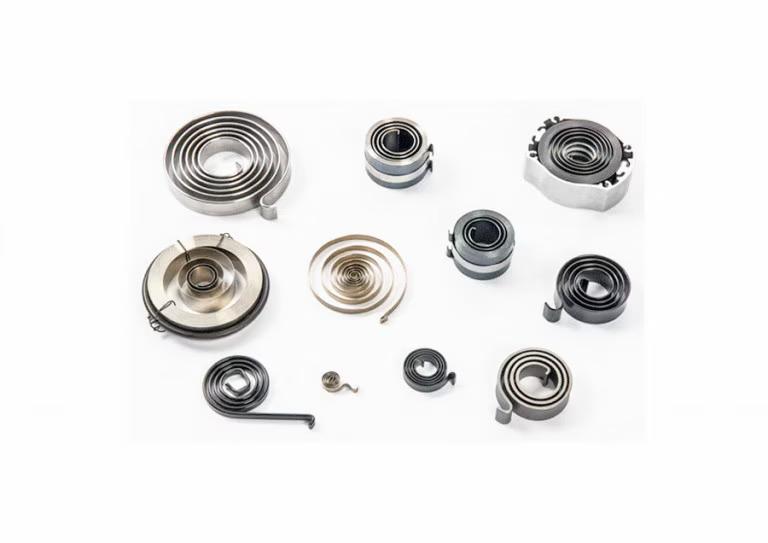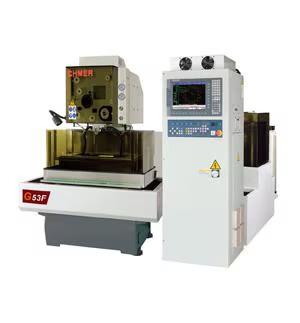Description
Acrylate copolymer refers to a type of polymer that is formed through the copolymerization of acrylate monomers. Copolymerization involves the combination of two or more different monomers to create a polymer with specific properties and characteristics. Acrylate copolymers are widely used in various industries and applications due to their versatility and desirable properties. Here are some key features and applications of acrylate copolymers: Film-Forming and Adhesive Properties: Acrylate copolymers are known for their ability to form films and adhesives with excellent adhesion to various surfaces. They are used in adhesive formulations, including pressure-sensitive adhesives, tapes, labels, and sticky notes. Coating and Paint Additives: Acrylate copolymers are often added to coatings and paints to improve their performance and characteristics. They can enhance the durability, gloss, weather resistance, and water repellency of coatings. Rheology Modifiers: Acrylate copolymers are used as rheology modifiers in many products, including personal care items like lotions, creams, and gels. They can adjust the viscosity, flow behavior, and texture of these formulations. Controlled Release Systems: Acrylate copolymers are employed in controlled release systems for various applications, such as drug delivery, agricultural products, and fragrance encapsulation. They can control the release rate of active substances over a prolonged period. Textile and Fiber Applications: Acrylate copolymers find use in the textile industry as finishes and coatings for fabrics. They can provide water repellency, wrinkle resistance, and improved dye retention. Emulsion Polymerization: Acrylate copolymers can be produced through emulsion polymerization, which is a widely used technique in the synthesis of latexes and emulsion-based products. Emulsion-based paints, adhesives, and coatings often utilize acrylate copolymers. Acrylate copolymers offer a range of properties, including flexibility, toughness, adhesion, and resistance to weathering and chemicals. The specific composition and structure of the copolymer can be tailored to meet the requirements of different applications.




